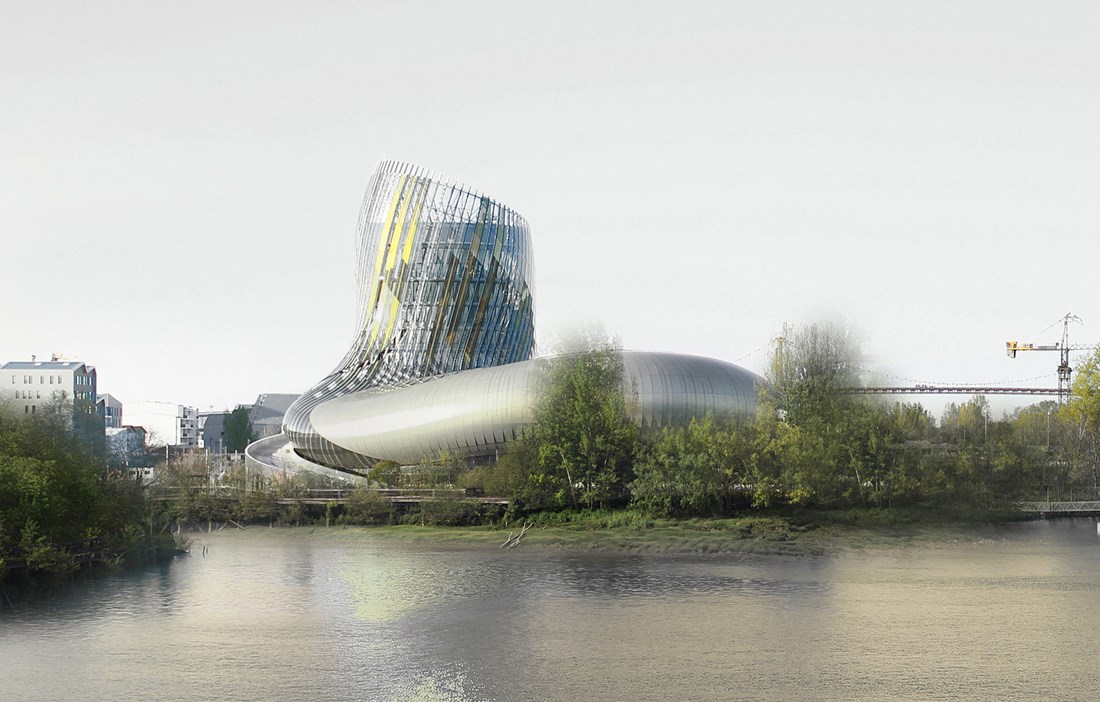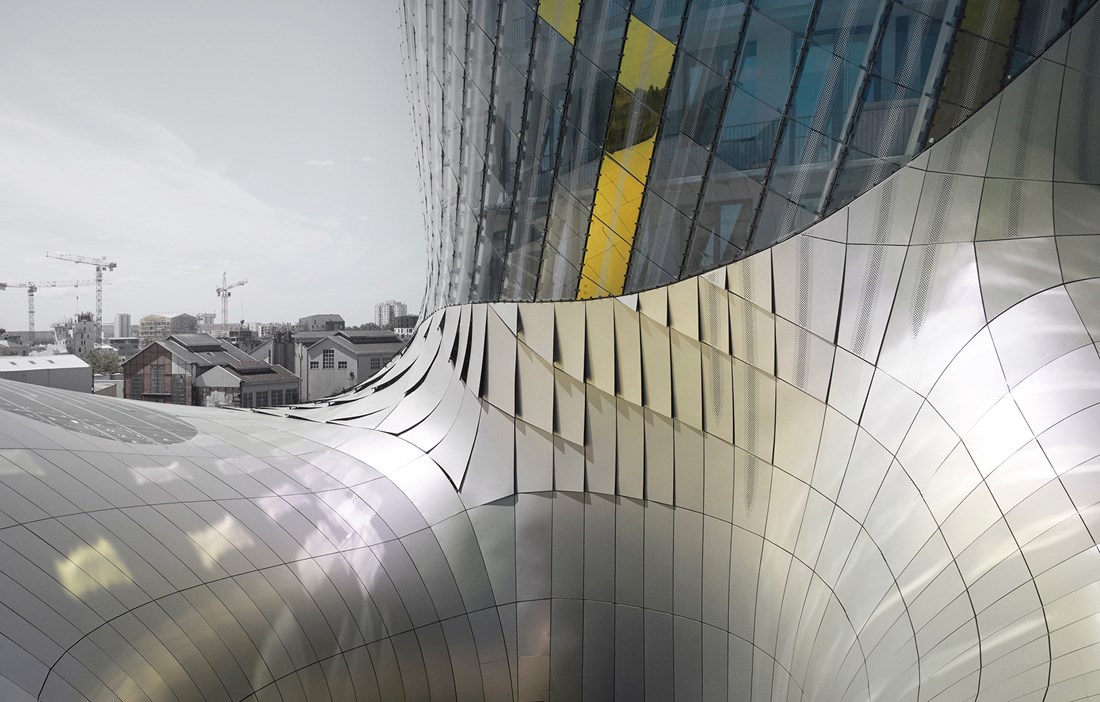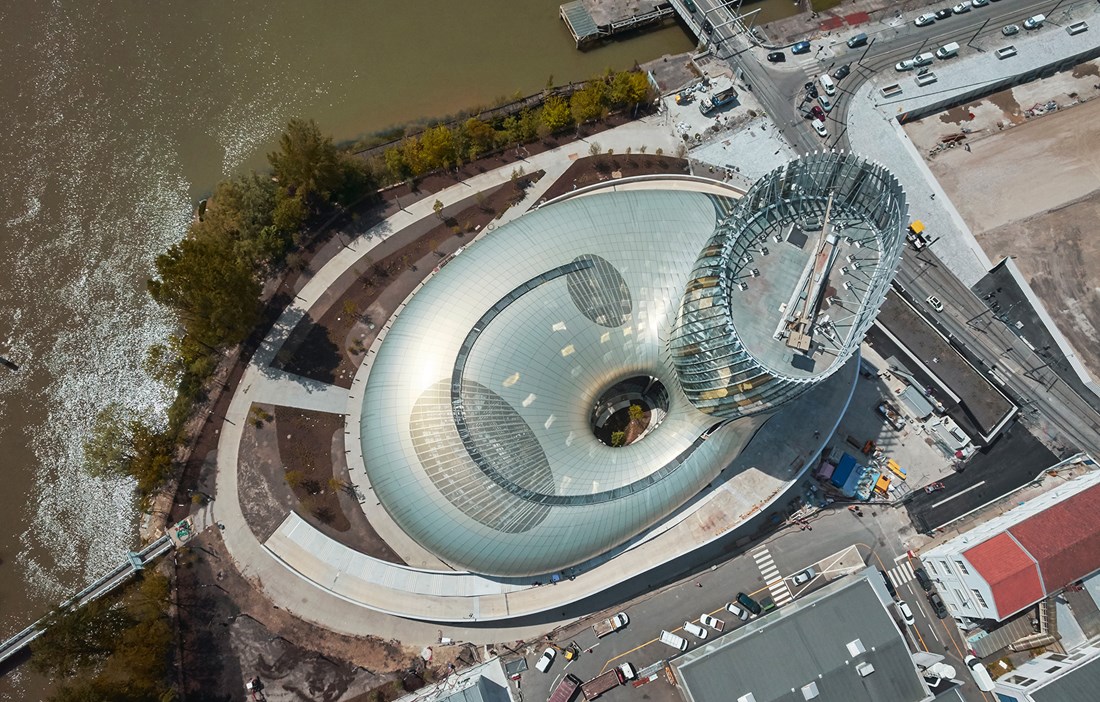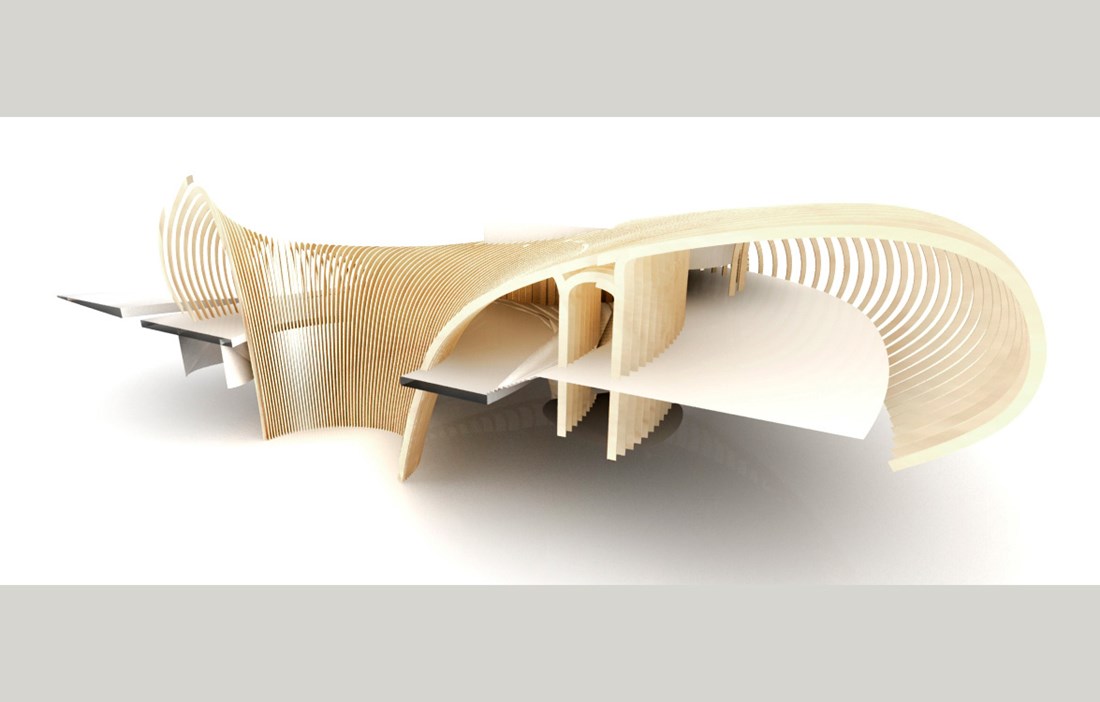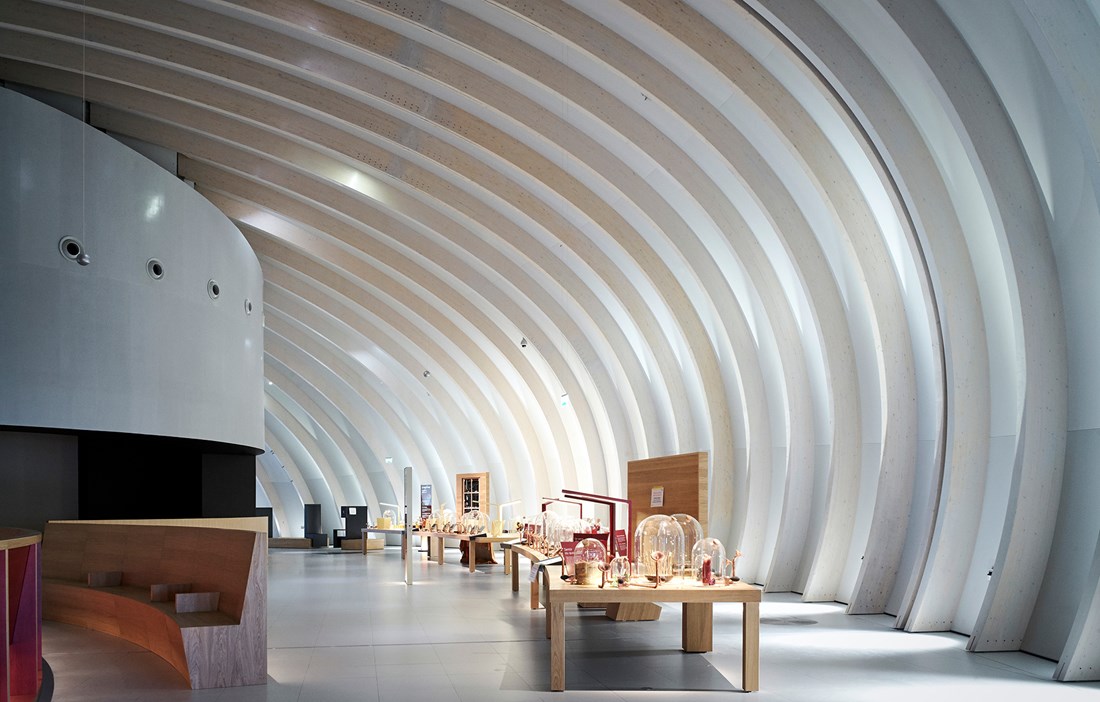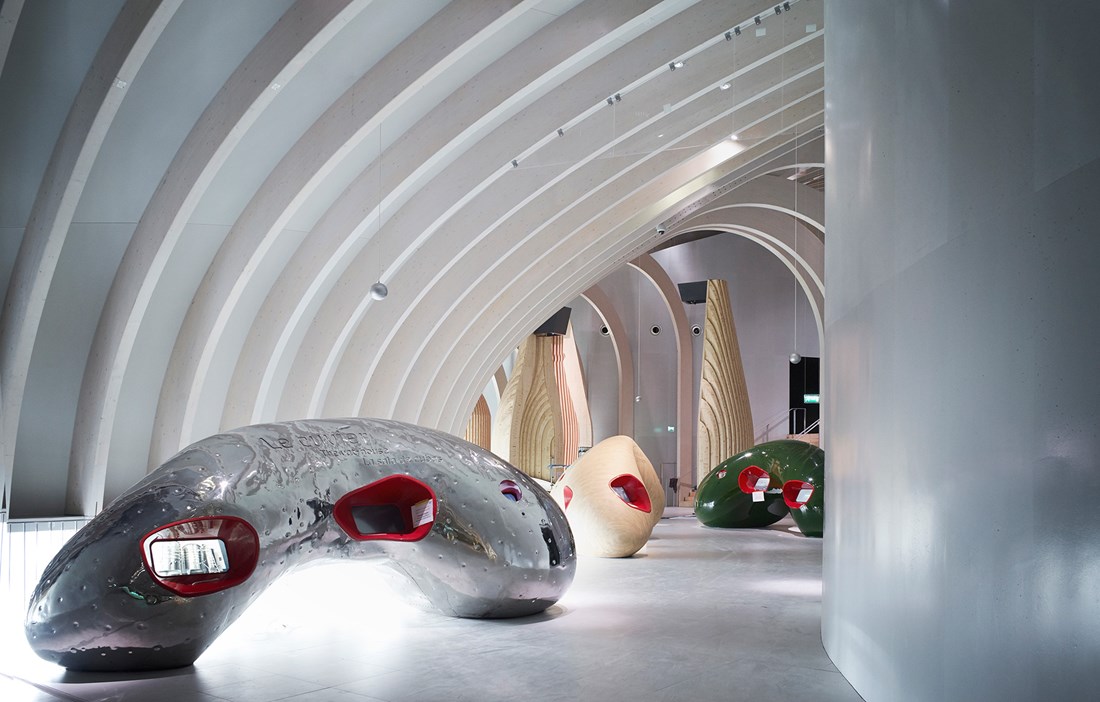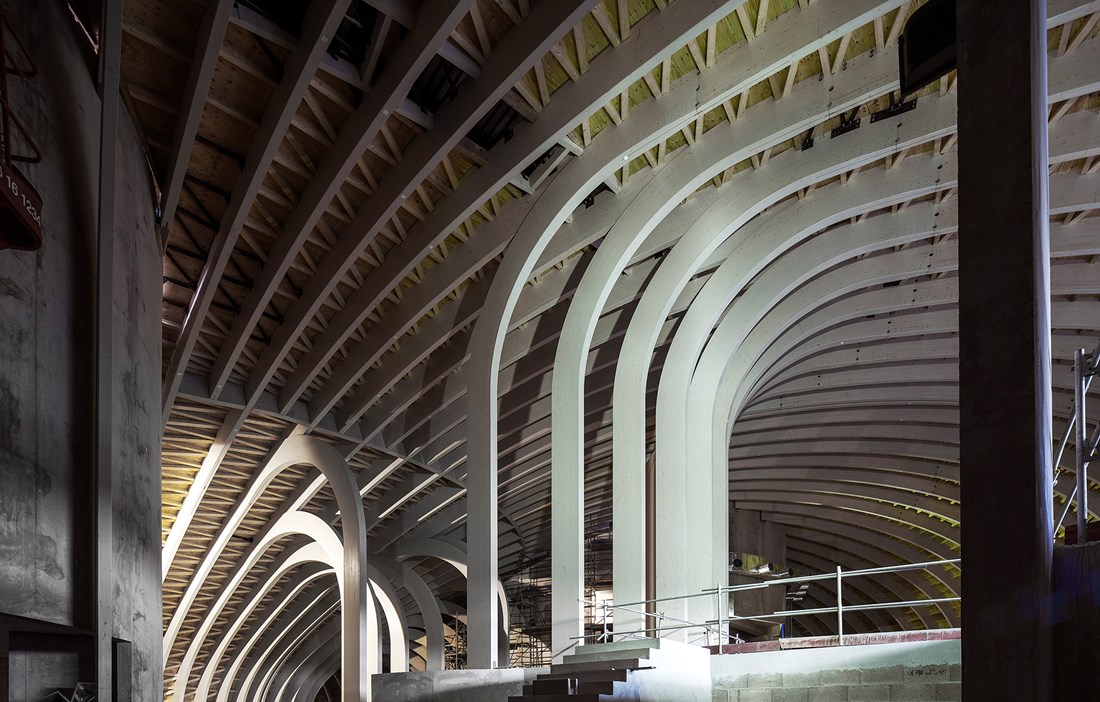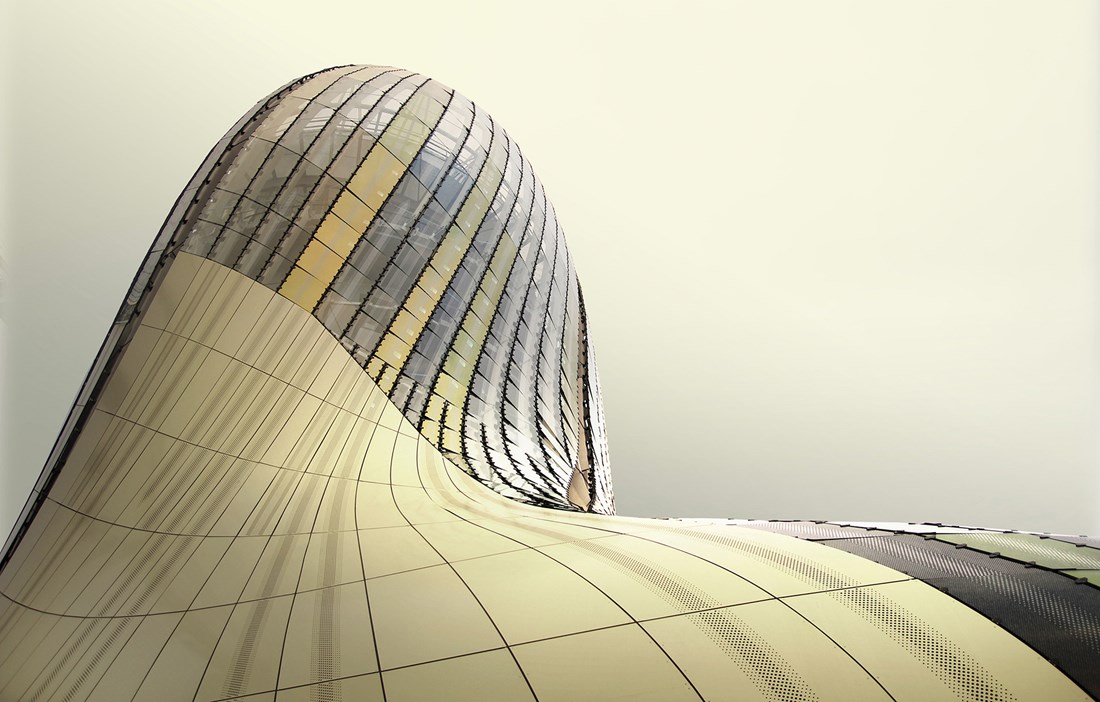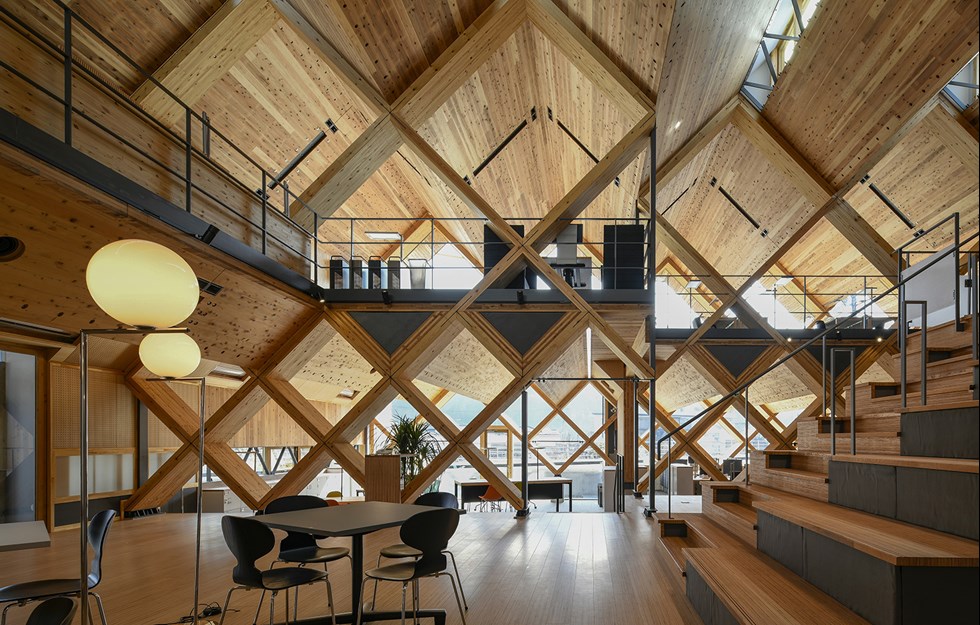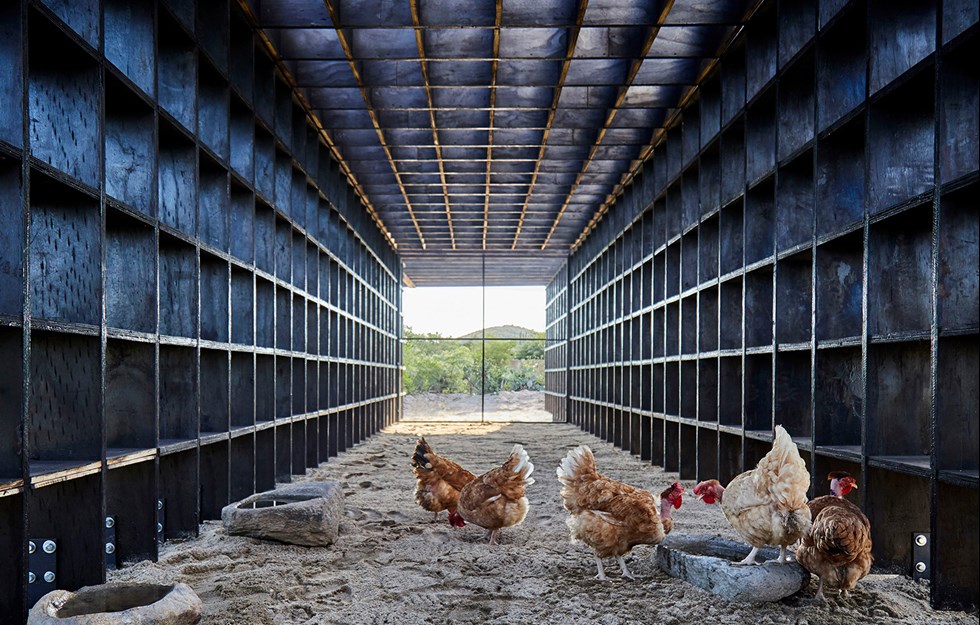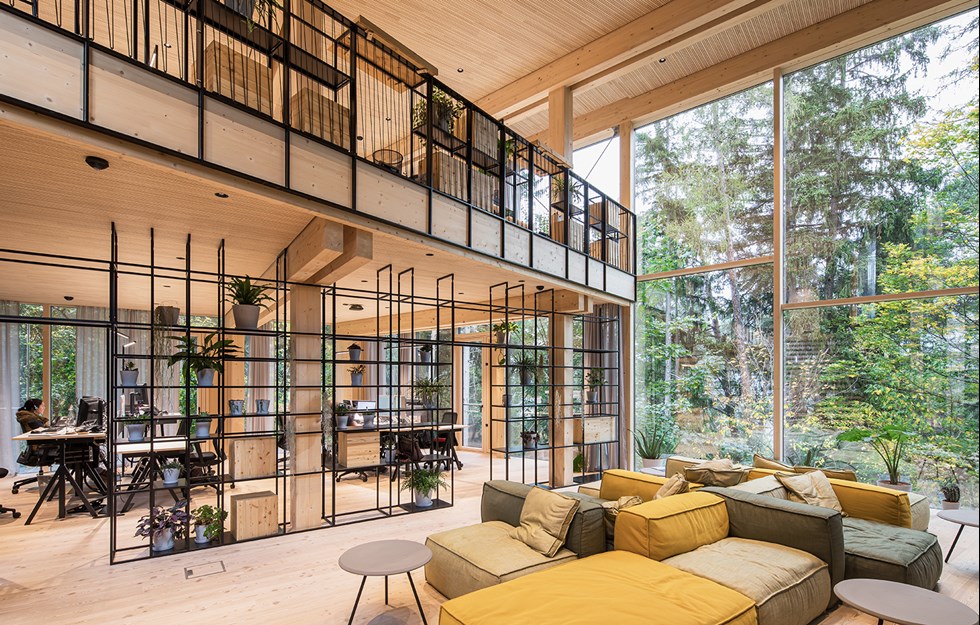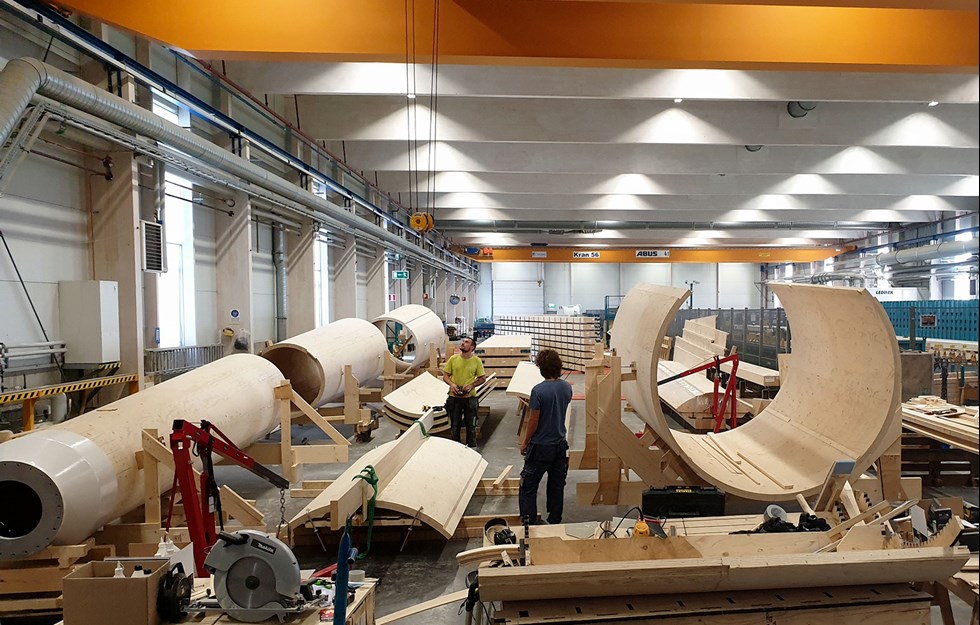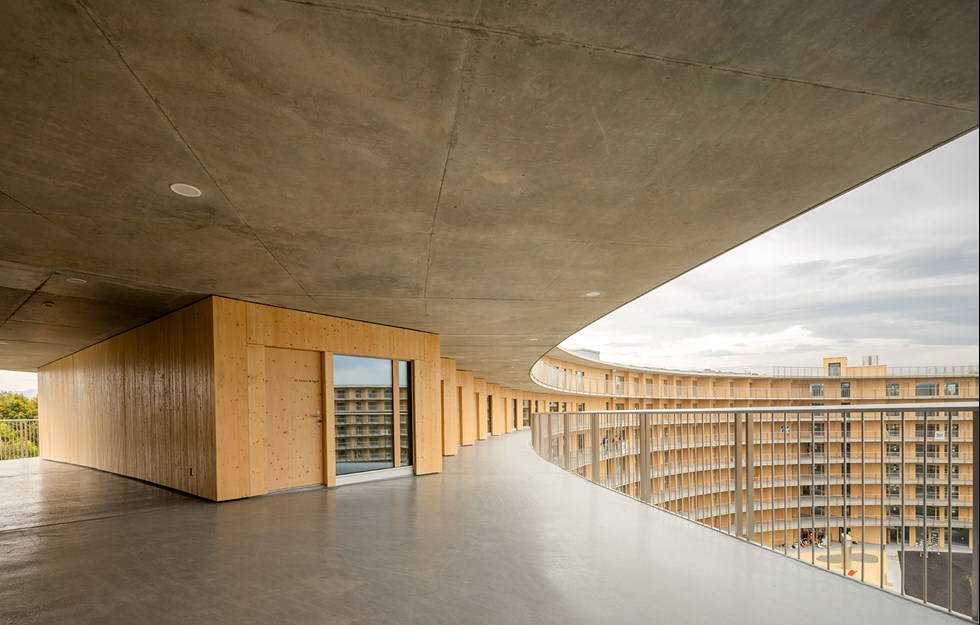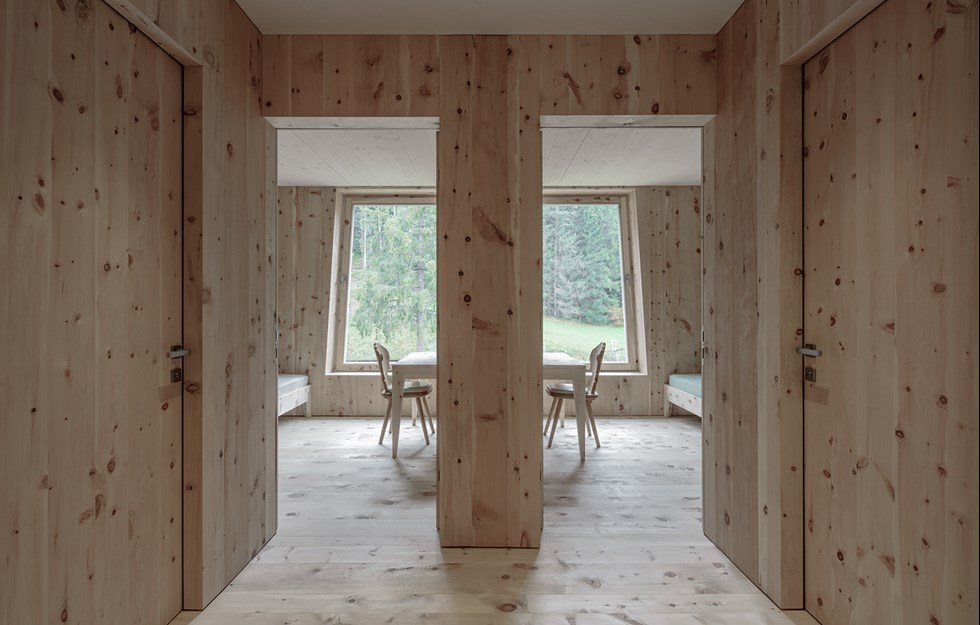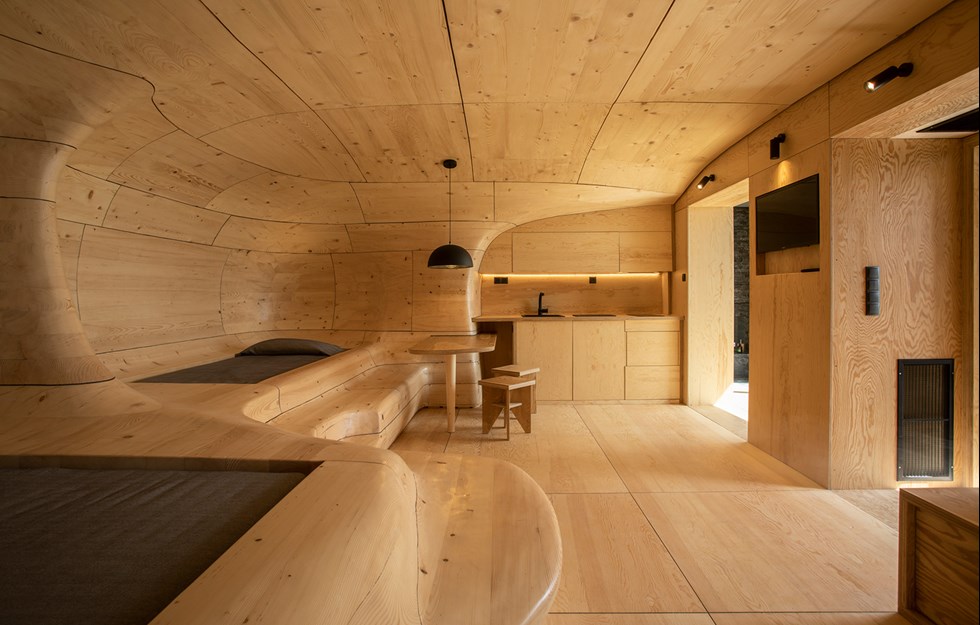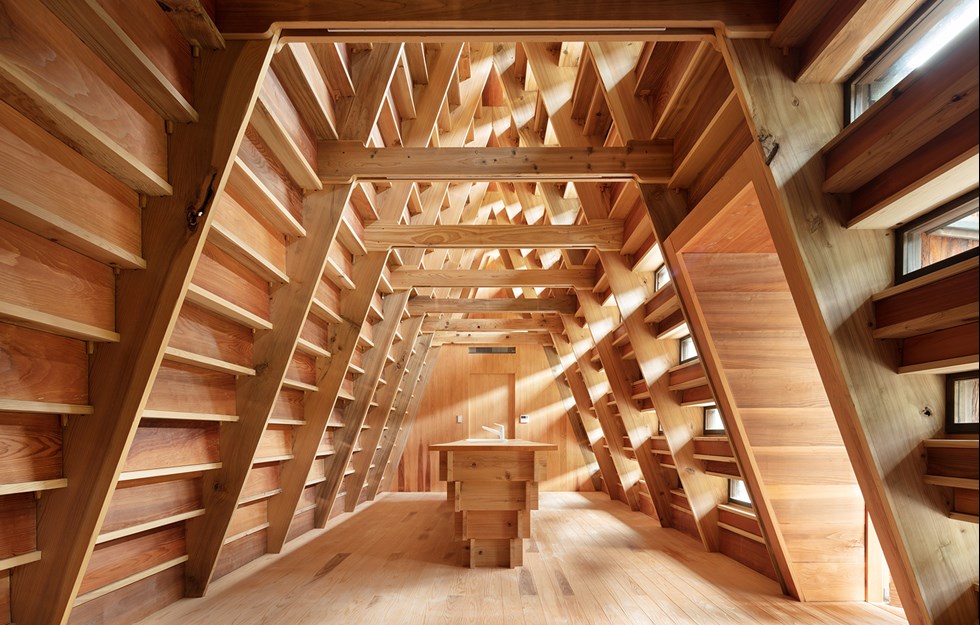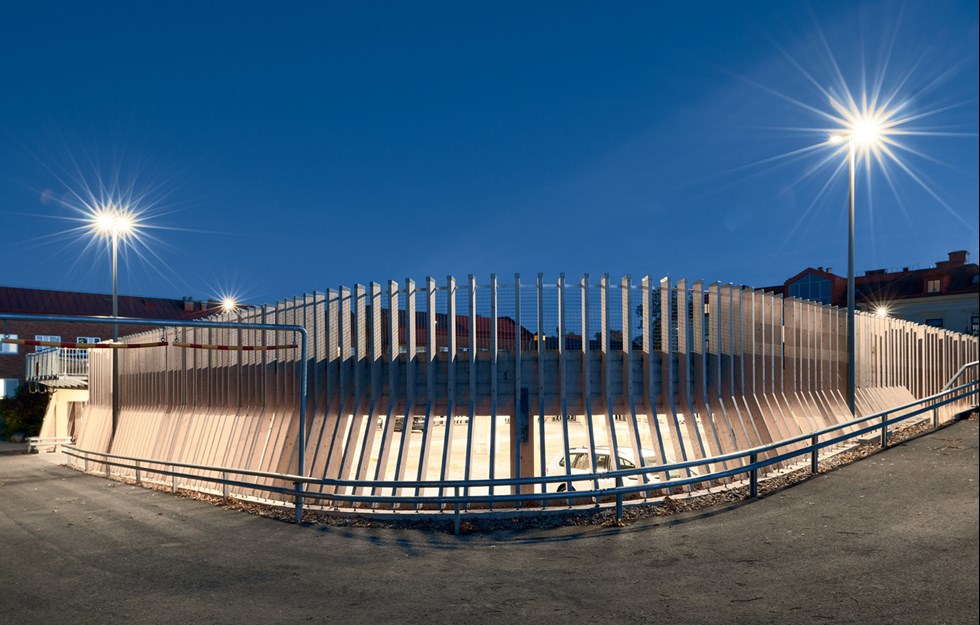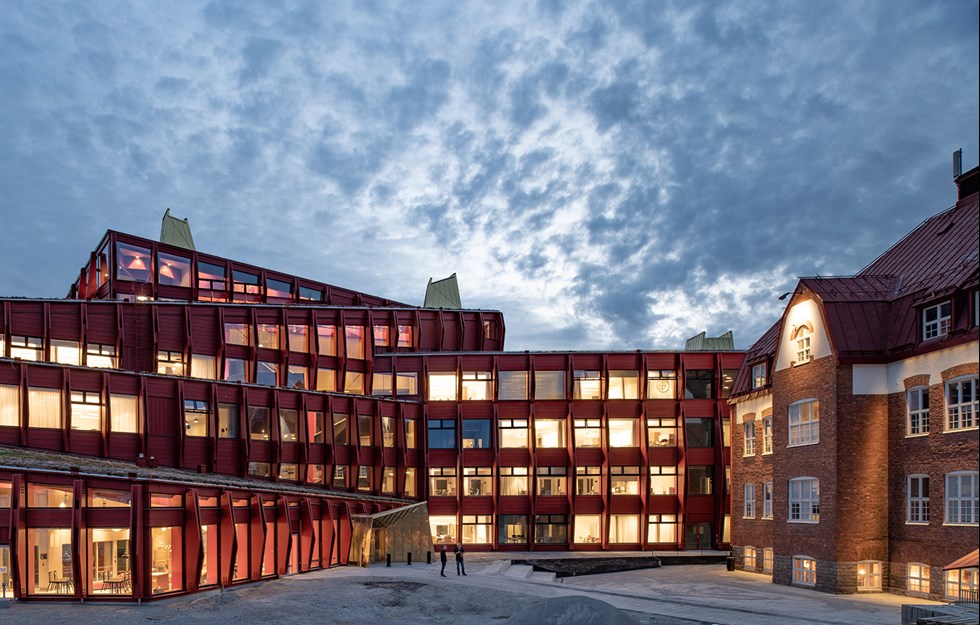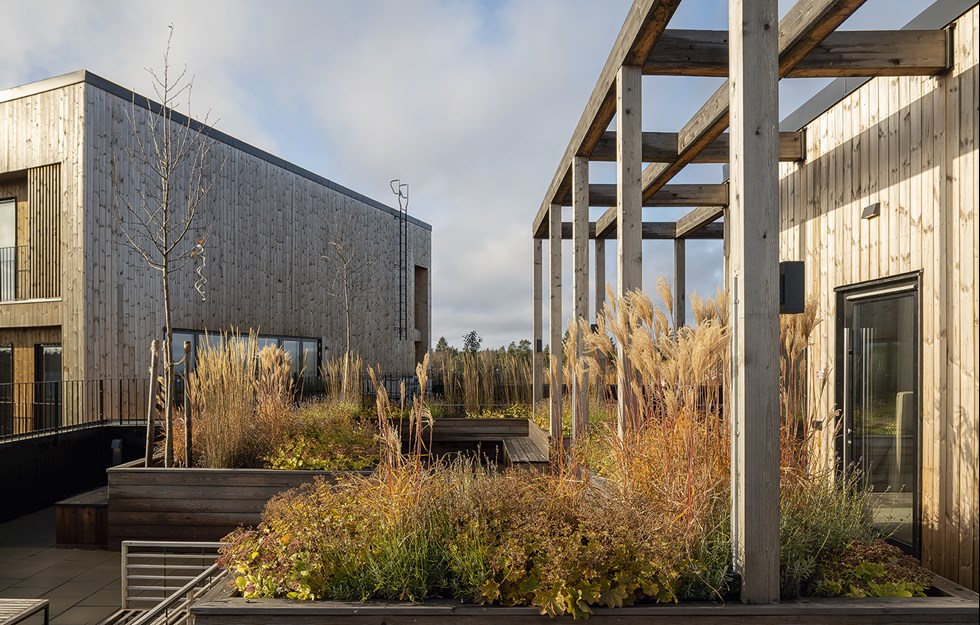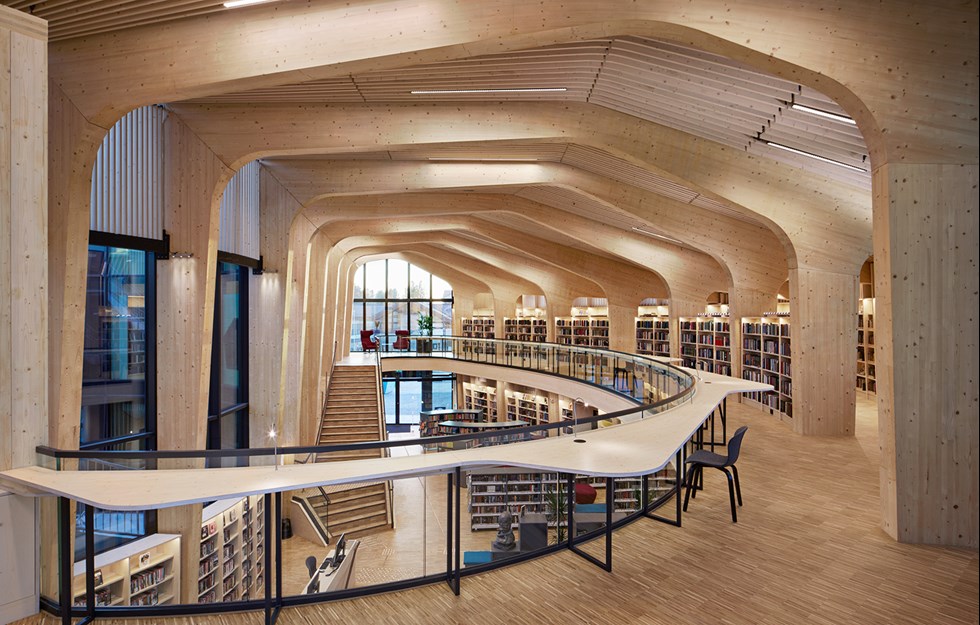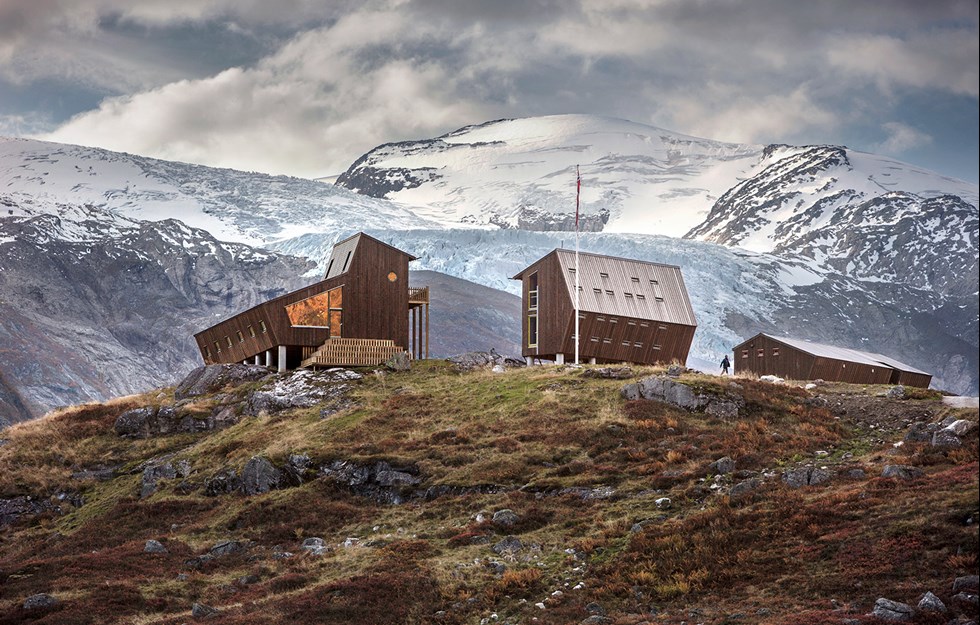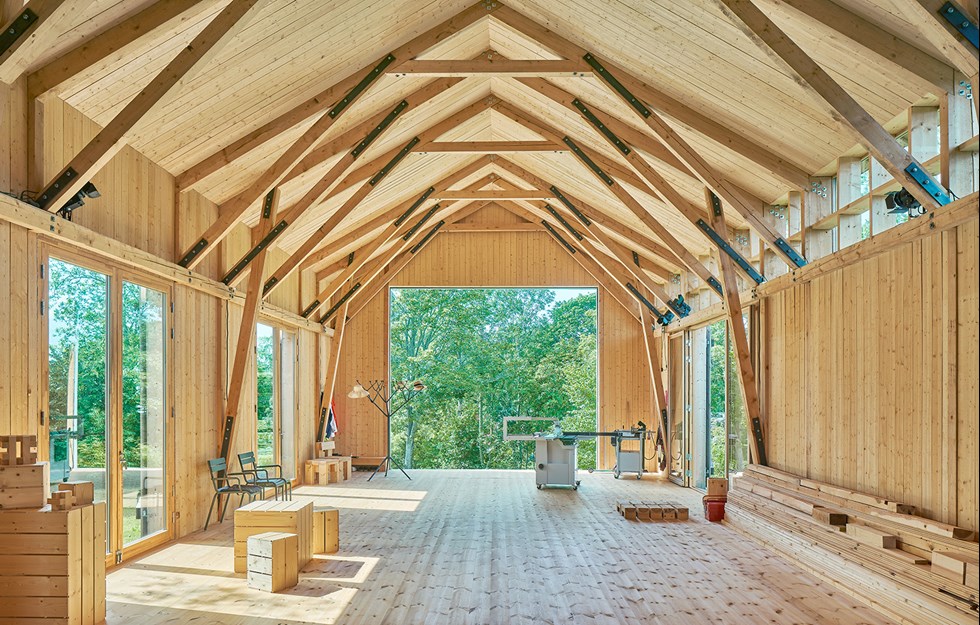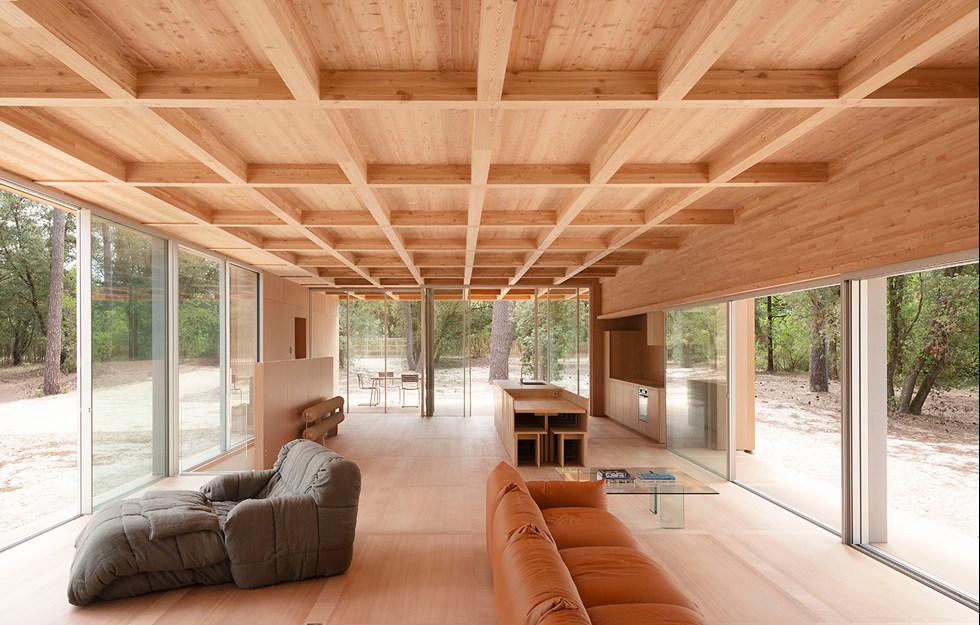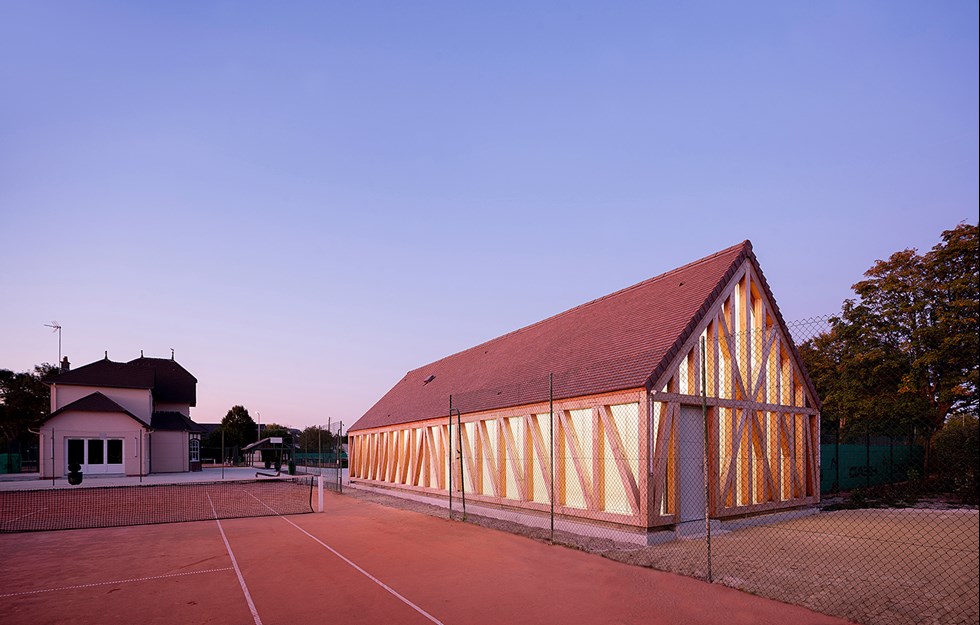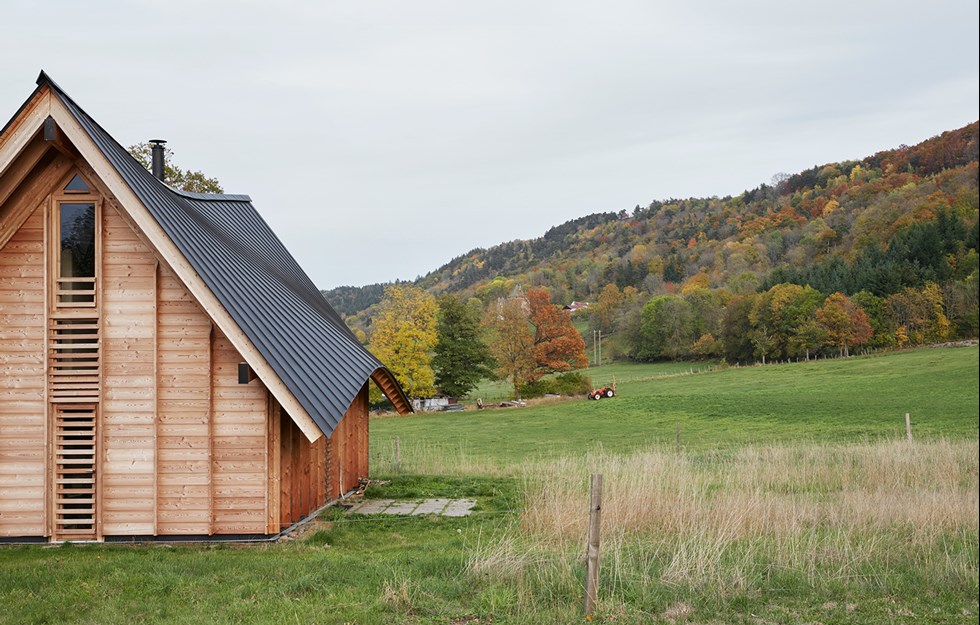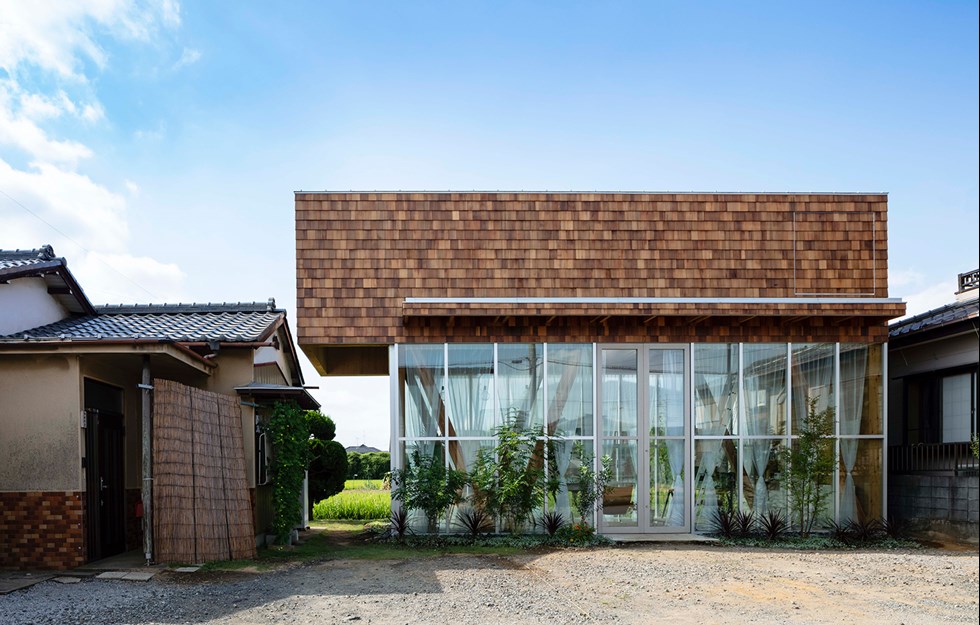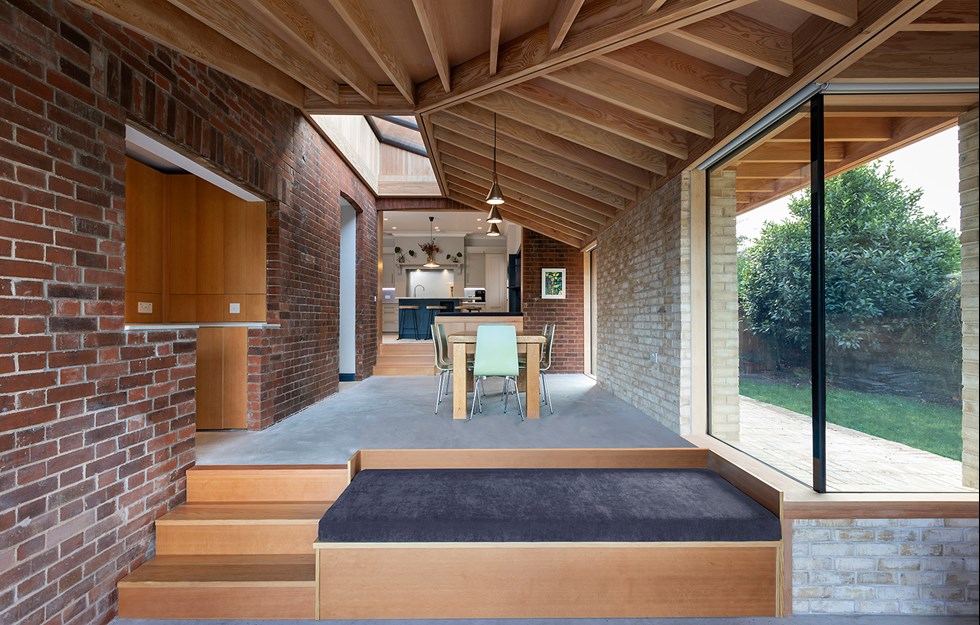WITH ITS NEW wine museum La Cité du Vin, the city of Bordeaux has gained a new architectural landmark that fires up the imagination and sparks all your senses.
It was when former French prime minister Alain Juppé became mayor that things began to change in Bordeaux. When he took over the reins in 1995, an extensive renovation and regeneration programme was kickstarted in a drive to return the city to its former glory. Before this, air pollution had turned many of the buildings completely black. Today, most of them are light and well kept, with the city centre dominated by five-storey buildings in neoclassical style from the 18th century, the period when the city was at its peak. The work has paid dividends and the whole centre of Bordeaux has been a UNESCO world heritage site since 2007.
AT 450 MILLION BOTTLES A YEAR, Bordeaux is the most productive wine region in France. Life in the city of the same name therefore largely revolves around wine, and it was not by chance that Bordeaux has become the venue for the country’s first wine museum.
In late 2010, an architectural competition invited designs for the building that would house the new museum. To ensure that the building and its contents would form a coherent whole, one of the requirements was that the competition entries should be presented in partnership with a design agency. Of the 114 entries, the jury shortlisted five for the final. The eventual winner was the French practice XTU Architects in partnership with the London-based design studio Casson Mann, which specialises in museum spaces.
SIX YEARS AND 81 MILLION EURO LATER, the wine world’s answer to the Guggenheim Museum in Bilbao is complete. La Cité du Vin was opened by President François Hollande on 1 June this year. With almost 14,000 square metres, spread over ten floors, the museum offers visitors a journey through time and space, taking in wine cultures and civilisations from around the world. The hope is that the museum will become a meeting place for the world’s many wine lovers, but also for novices who want to learn more about wine.
The bold building with its billowing form is a prime example of how the interplay between different materials can break new ground and produce something new and exciting. Here, one material helps the other, driving the architecture forwards and creating a whole new look. In La Cité du Vin, the concrete carcass is enveloped in a wooden structure that allows the architects to recreate the movement of wine and reflect the soul of the drink. In many ways, the structure is reminiscent of the lattice pergola in the French Pavilion that XTU Architects designed for the World Expo in Milan last year.
“The original purpose of the building’s architecture was to create a link between La Cité du Vin and the city of Bordeaux as a whole,” explains Anouk Legendre of XTU Architects who, together with her colleague Nicolas Desmazières, is the architect responsible for the museum.
The link that the architects wanted to create is exemplified in part by the golden façade of glass and aluminium, which conducts an ongoing dialogue with the River Garonne in tones that change depending on the weather and time of day. The façade also clearly echoes the light limestone façades to be found on many of Bordeaux’s older buildings.
La Cité du Vin stands in a former port area adjacent to the River Garonne and close to the impressive bridge called Le Pont Bacalan Bastide. The initial construction work began in January 2014, when 300 piles were driven into the ground to a depth of 30 metres, anchoring the foundations in solid rock. The concrete carcass was then constructed and a few months later the external wooden structure was assembled around it using 574 glulam arches made from 1,200 cubic metres of Nordic pine and French Douglas fir.
THE COMPANY RESPONSIBLE for the advanced wooden structure is Arbonis, which is part of the engineering consultancy firm Vinci. The structure is built from glulam that has been shaped into undulating arches using advanced CNC technology. These arches are inspired both by shipbuilding techniques and the anatomy of a boat, giving the building a look all of its own, both inside and out.
Internally, the wooden structure is clad in 4,000 square metres of plywood panels from the company Thebault. 3D modelling allowed the panels to be precisely cut and numbered in order to fit perfectly into the gigantic jigsaw that is the building envelope. 2,500 perforated aluminium sheets and 900 screenprinted sheets of glass have then been fixed over the top of the plywood panels. The undulating movement that begins down at river level concludes with a 55 metre high tower around which 128 glulam tendrils stretch up to the sky.
THE MATERIALS AND SCALE of the sensuously rounded shapes in the building’s exterior also carry over into the interior. As well as lending shadow and depth to the 3,000 square metre permanent exhibition on the museum’s third floor, the glulam arches also give momentum to the wave motion that leads the visitors both forwards and upwards in the building. With its absorbing and innovative staging, the permanent exhibition is the beating heart of the building. Here the wooden structure is covered with 200 square metres of fire retardant plywood. Thanks to the creative lighting, the ceiling conveys the feeling that visitors are standing beneath an open sky obscured by passing clouds. The symbolism and the links to wine production are clear, as the weather and the elements are often a critical factor that means the difference between a good year and a bad one.
The total cost of La Cité du Vin is estimated at 81 million euro. The majority of the funding came from the local authorities in Bordeaux, but the wine industry has also taken on a significant proportion of the project’s costs. The aim is for La Cité du Vin not to need any more public funding: the hope is that it will be able to survive on its own revenue and donations. To achieve this, the museum has set a target of 450,000 visitors in 2017, which is judged to be entirely reasonable for a museum of this calibre.
“La Cité du Vin is very close to the vision I had, although the size is of course even more impressive in real life than on paper,” relates Anouk Legendre, who describes La Cité du Vin as “a masterfully designed circle filled with discoveries”.
Text Katarina Brandt

